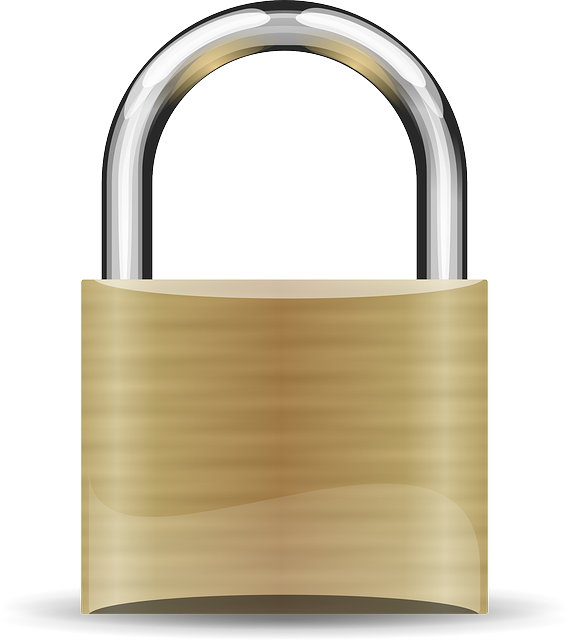Protecting sensitive data during digital check transactions is paramount. Privacy-friendly check practices involve implementing robust security measures like encryption, secure storage, and access controls to minimize exposure of personal and financial details. Regular security audits, employee training, and adhering to best data handling practices create a strong barrier against potential data breaches, ensuring confidentiality and integrity in all online activities.
In today’s digital age, ensuring data security is paramount, especially during routine checks. This article guides you through essential strategies to limit and protect your sensitive information. We start by demystifying data exposure in checks and its potential risks. Subsequently, we delve into practical steps like implementing privacy-friendly check practices and securing data during transactions. By adhering to these best practices, individuals can significantly enhance their data privacy and security.
- Understanding Data Exposure in Checks
- Implementing Privacy-Friendly Check Practices
- Best Practices for Securing Data During Transactions
Understanding Data Exposure in Checks

In today’s digital age, understanding data exposure in checks is paramount for safeguarding sensitive information. Privacy-friendly check practices refer to the measures implemented to minimize and control the sharing and use of personal or financial details during various transactions. This includes both physical checks and their digital counterparts, where data can be vulnerable to theft or unauthorized access. By adopting privacy-friendly check practices, individuals and businesses can significantly reduce the risk of identity theft, fraud, and data breaches.
Data exposure in checks occurs when sensitive data is communicated or stored without adequate security protocols. This might happen during check issuance, processing, redemption, or even casual handling. For instance, written information on a check, such as names, account numbers, or dates of birth, can be easily copied or scanned and used maliciously. Digital checks, though convenient, also face unique risks due to electronic data transmission and storage. Therefore, it’s crucial to employ security measures like encryption, secure storage, and access controls to mitigate these risks and ensure the confidentiality and integrity of check-related data.
Implementing Privacy-Friendly Check Practices

In today’s digital age, ensuring data privacy during checks is non-negotiable. Implementing privacy-friendly check practices can significantly limit exposure and protect sensitive information. One effective method is to encrypt all data transmitted during the checking process. This ensures that even if there’s a breach, the information remains unreadable without the decryption key. Additionally, adopting a zero-trust security model can fortify defenses. This involves continuously verifying every user, device, and connection, minimizing the risk of unauthorized access.
Regular security audits and employee training are also vital. Audits help identify vulnerabilities and ensure compliance with data protection regulations. Training sessions should educate staff about phishing attempts, social engineering, and best practices for handling sensitive data. By combining these privacy-friendly check practices, organizations can create a robust barrier against potential data breaches.
Best Practices for Securing Data During Transactions

When conducting transactions, implementing robust data security measures is paramount to protect sensitive information from unauthorized access. One of the best practices for securing data during checks involves utilizing encryption techniques for all communication and storage. Always opt for secure protocols like HTTPS when processing online payments or transferring data between systems to ensure privacy and confidentiality.
Additionally, adhering to privacy-friendly check practices means minimizing the collection and retention of personal data beyond what’s necessary. Only gather essential details relevant to the transaction, and promptly delete or anonymize it once the process is complete. Regularly updating security software and patches is also critical to fortify defenses against emerging cyber threats.
